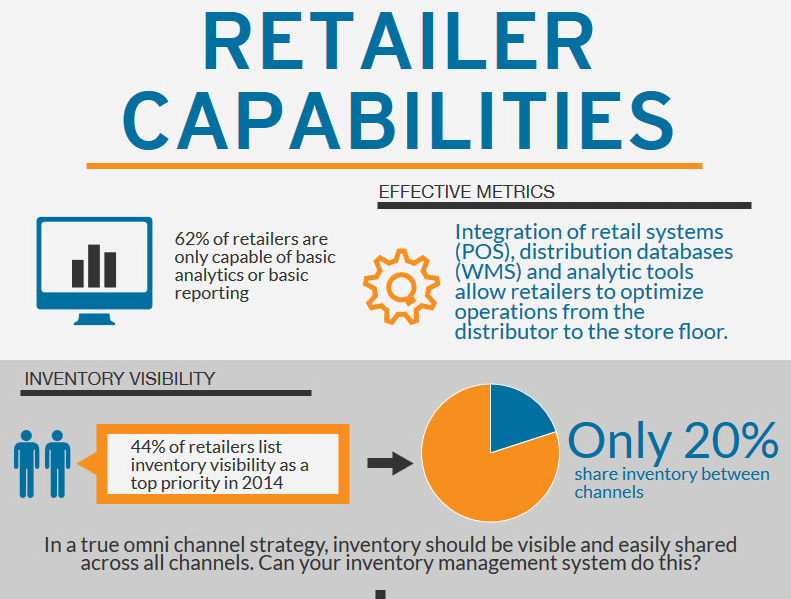According to the Global Supply Chain Survey 2013 automotive industry leaders plan to focus on both continuous improvement efforts relating to production efficiency and inventory management. Focusing on improving these areas can help to reduce costs and increase supplier collaboration. The top four areas of focus identified in this study were cost minimization, delivery performance, volume flexibility and complexity management. This is where industry best practices come into play. To address these issues automotive supply chain operators are implementing EDI/ASN to more effectively manage inbound shipment schedules and facility staffing. The information gleaned from this change allows these businesses to be proactive rather than reactive. Supply chain managers are also implementing documentation management protocols in order to comply with regulations and improve recall execution. In response to omni-channel retailing the automotive supply chain is also now aggregating orders into once centralized location such as a warehouse management system (WMS). This provides fulfillment centers with a more holistic view of inventory data. With this more accurate view of data, supply chain operations can also reduce on-hand inventory and focus on a just-in-time (JIT) replenishment strategy. This helps to reduce costs creating savings that can be passed on to customers. Transportation routing and other analytics are also being used to make data more accessible to all key supply chain players, including customers. To access more valuable automotive supply chain resources contact Datex experts today at www.datexcorp.com or marketing@datexcorp.com or call 800.933.2839 ext 243.
See what Datex Footprint® WMS can do for you.
Barriers to a Strong Omni Channel Retail Strategy
As an omni channel retail strategy has become the industry standard, retailers are making significant changes in their supply chains and technology to ensure they can properly meet consumer expectations. The main aspect of omni channel retailing is the ability to…
Online Buyer Behavior
Consumers have begun to leave the retail stores and started to go online. This forces retailers to adapt to the changes in buyer behavior, focusing more resources to online retail channels as well as their current brick and mortar retail channels. This has transformed…
Retailer Capabilities
The retailing industry is making an extreme strategy change from that of even a few years ago. Due to the boom of mobile technology retailers have learned the hard way that they can no longer satisfy shoppers with the one single retail strategy or even multiple that…



